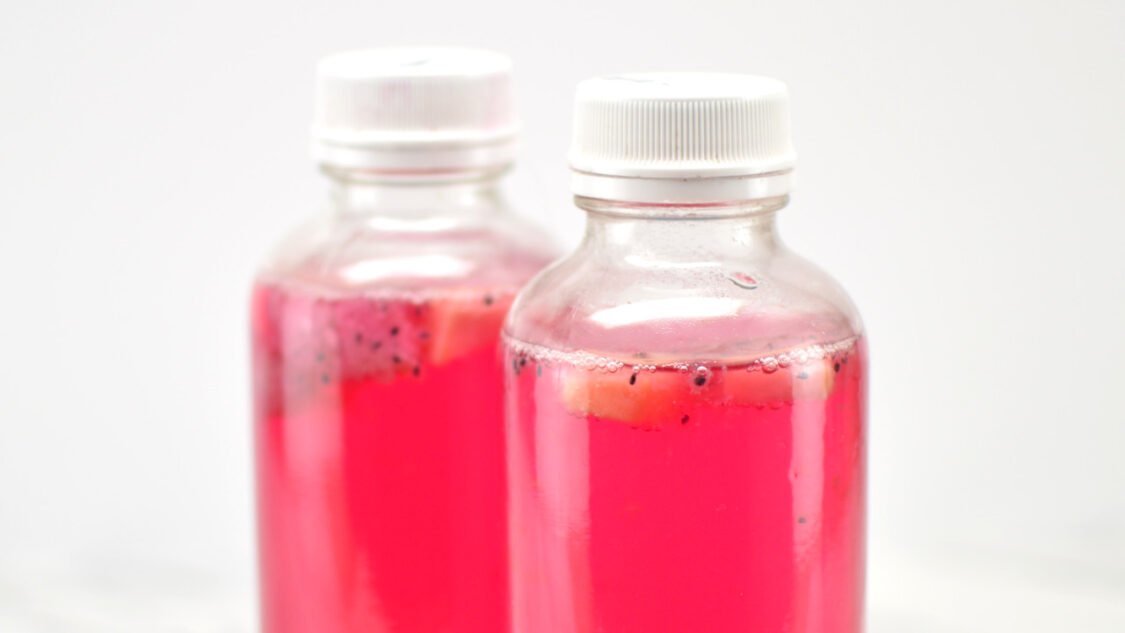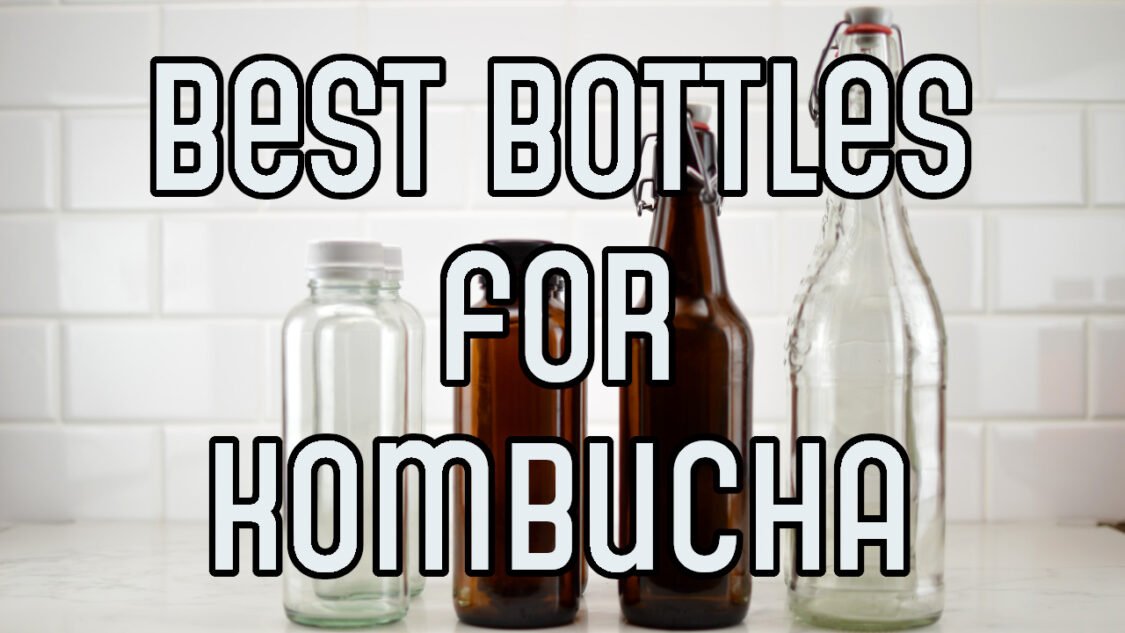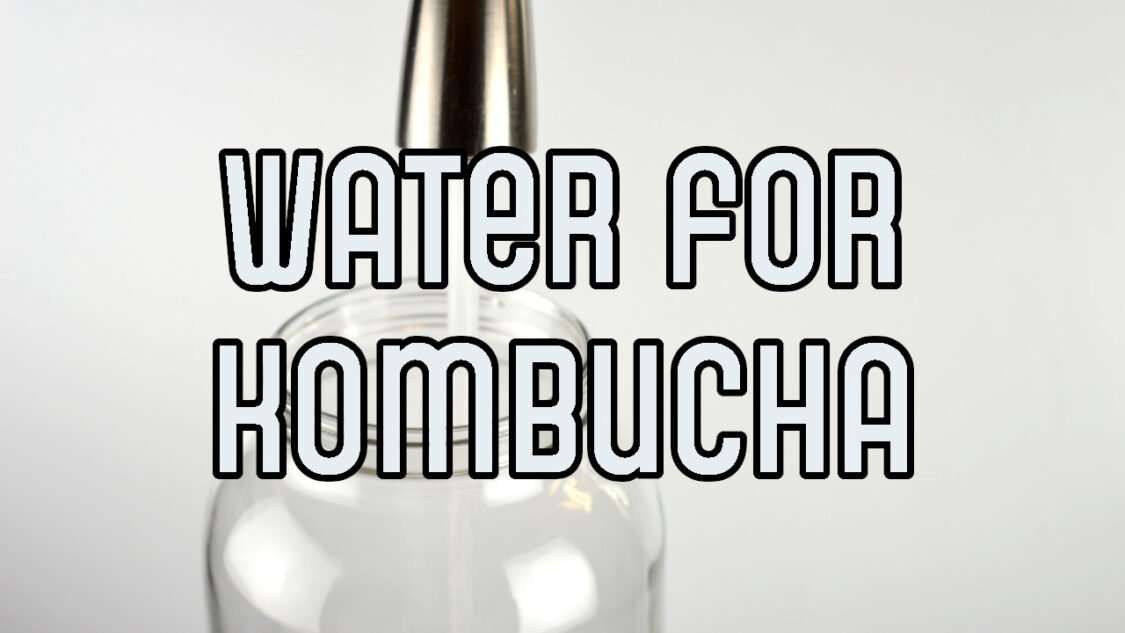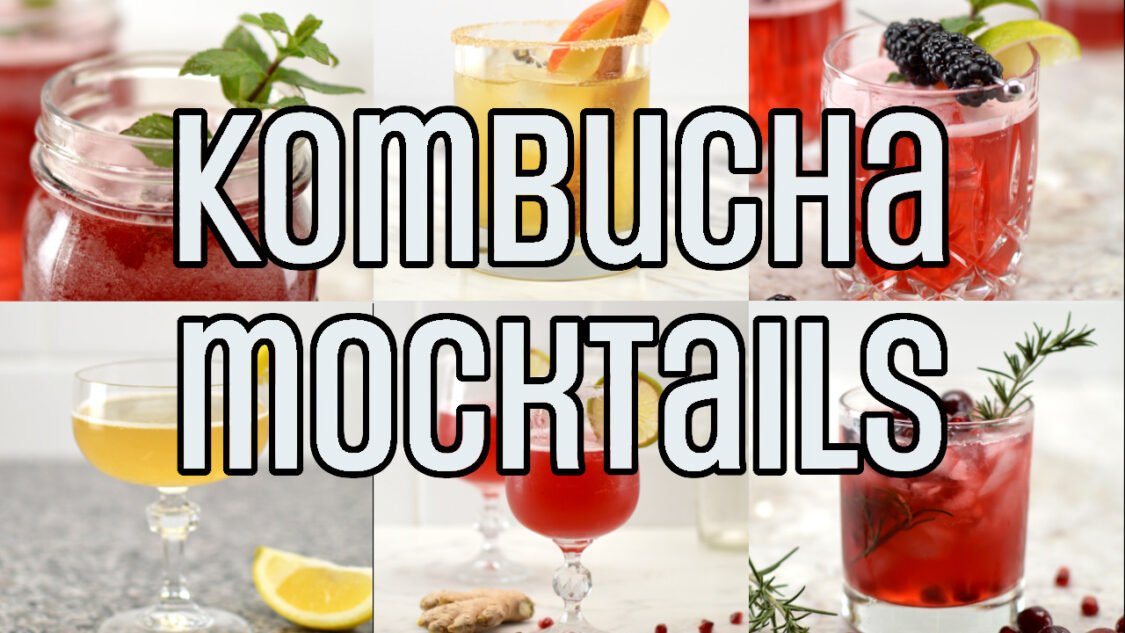Chai Pear Kombucha
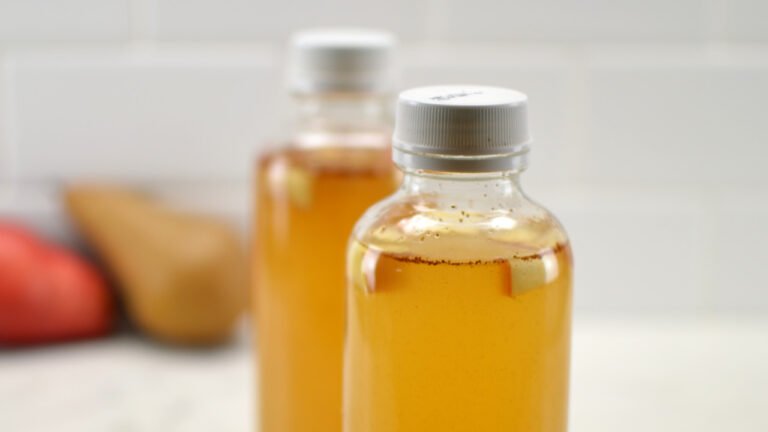
I hadn’t thought of using pears in kombucha until I found a few in the refrigerator that were about to go downhill and I couldn’t eat them all so I researched recipes with pears and kombucha and as I soon as I saw the combination of pears and chai spice I knew I had to make it! Chai spice is one of those spice mixtures that has the magical ability to brighten up ingredients that have light flavors like pears!

Kombucha Fermentation Overview
There are two fermentation phases when making kombucha:
Primary Fermentation: This is when you transform sweet tea into tart and tasty kombucha. Get all the details at my article on how to make kombucha.
Secondary Fermentation: This is when you carbonate your homemade kombucha by adding flavors (like pears and chai spice) and sugars and bottling it.
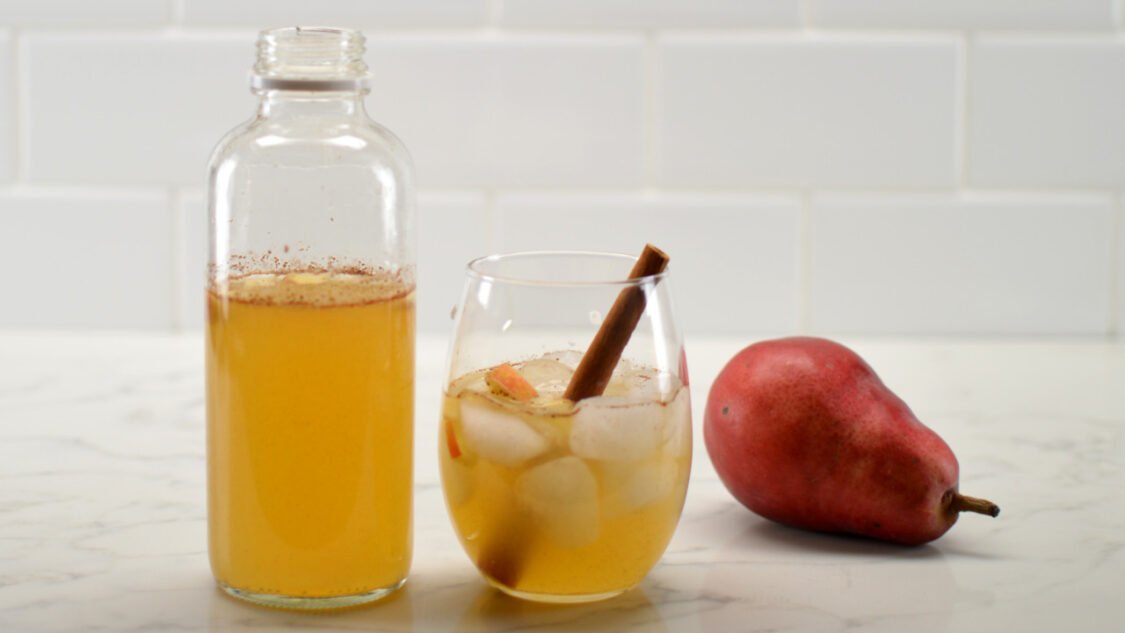
Preparing for Secondary Fermentation
This recipe makes about 7 x 16 fluid ounce bottles of finished kombucha (from a 1-gallon batch of unflavored homemade kombucha aka from your primary fermentation).
Reserve 2 cups (about 16 oz / 0.47L) kombucha and your SCOBY from your completed primary fermentation and set aside – you will use this as your starter for your next gallon batch of kombucha.
With your kombucha starter tea and SCOBY placed aside, you now have enough kombucha left to flavor and fill your bottles. This guide assumes are using 16 oz. glass bottles which are a popular choice for kombucha; however, there are many options for bottling kombucha.
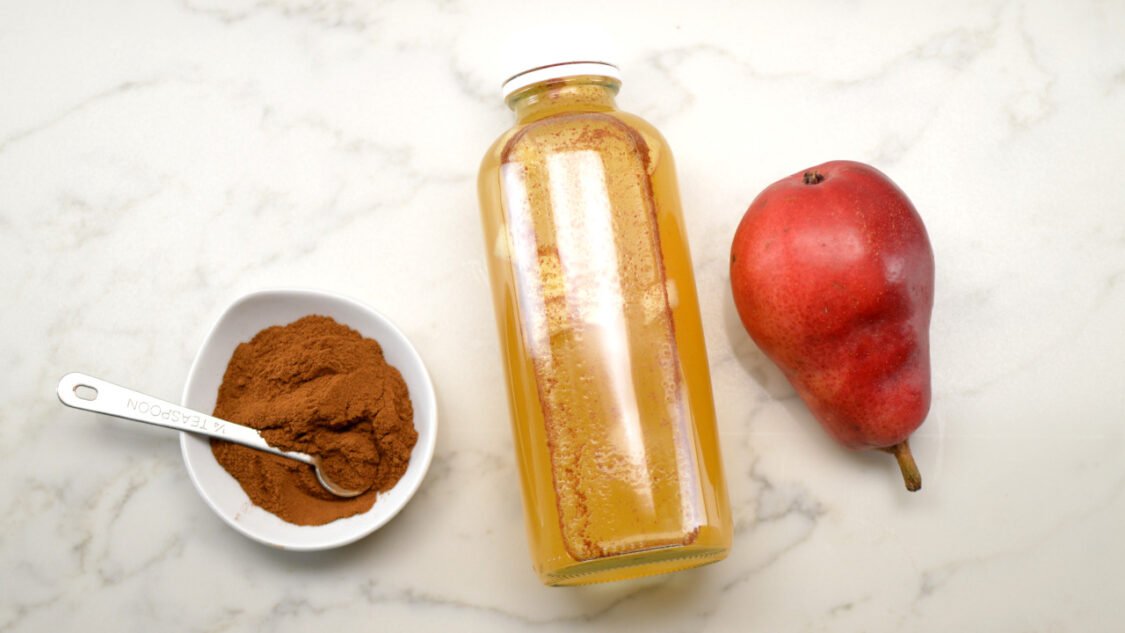
Ingredients to make Chai Pear Kombucha
Kombucha Finished kombucha from your first fermentation is the base to which you will add the pears and chai spice.
Pears: Pears can are sweet and juicy and come in several different varieties that can range from tangy to spicy. The texture of pears can be crisp, buttery, or somewhere in between. There are many interesting varieties of pears beyond the Green Anjou–the most commonly found supermarket pear. Here is a guide to 10 varieties of pears ↗.
Chai Spice: The flavor of chai spice can vary depending on the spices used and the ratio they are used in, it is often described as being similar to gingerbread or pumpkin spice. Many detect notes of vanilla in chai even though it’s not included in the recipe. This is most likely due to the presence of cardamom, which has a naturally sweet and floral flavor. Here is a link to a DIY Chai Spice mix ↗
Sugar: A touch of additional sugar for bacteria and yeast to feed on which creates carbonation (aka fizzy goodness.) When filling 16 ounce bottles I’ve found a sugar cube has the right amount of sugar (1 tsp) for carbonation and is a convenient way to add the right amount without the mess.
How to make Chai Pear Kombucha
Add Flavors: Add chopped pear and chai spice to each bottle.
Bottle: Transfer kombucha to fermentation bottles.
Condition: For 3 to 10 days, until it reaches the carbonation level you like.
Enjoy: Chill in the fridge before serving and strain out fruit pieces when pouring (optional)
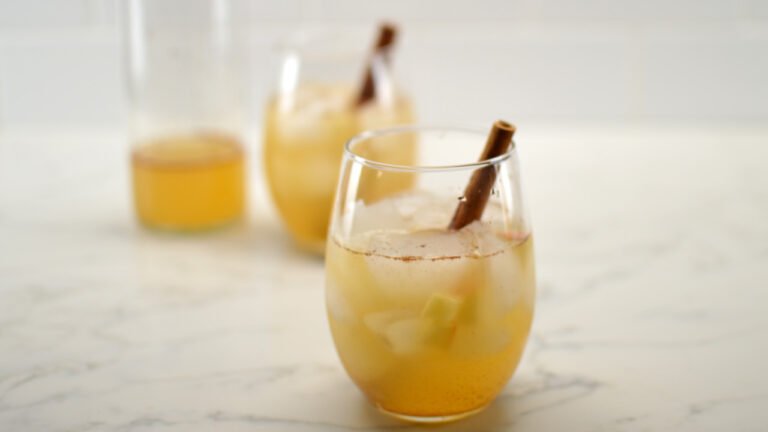
Chai Pear Kombucha Recipe
Yield: 7 bottles • Active time: 20 minutes • Total time: 3 -10 days

This recipe assumes you are doing a secondary fermentation (flavoring and carbonation) in the bottle. You may also incorporate a third fermentation using the same proportions but following the third fermentation steps.
Ingredients:
1-gallon homemade kombucha from a first fermentation, 3.7 L
1 cup chopped pear, 148 g
4 tsp chai spice mix
7 sugar cubes or 2 Tbs sugar 12 g
Instructions:
Prepare fruit: Clean and finely chop about 1 cup of fresh pear.
Flavor: Evenly divide pear among the bottles and ½ tsp chai spice mix to each bottle.
Sweeten: Add sugar cube or 1 tsp sugar to each bottle to provide the SCOBY another food source to create carbonation.
Fill bottles: Transfer kombucha into fermentation bottles, leaving about 1 inch empty space at the top.
Cap: Cap the filled bottles and tighten the cap snugly.
Ferment: Place in a dark, room temperature area for 3 to 10 days, until it reaches the carbonation level you like. This process will go faster in warmer climates, and slower in cooler climates.
Enjoy: Chill your chai pear kombucha bottles in the fridge before serving and strain the kombucha to remove fruit pieces when serving (optional).
Homemade kombucha can be stored in the fridge, tightly sealed, for several weeks.
Tips & Tricks:
Make sweet tea for your next batch the night before you flavor and bottling and let it cool on the stove overnight so that you can flavor your kombucha and get your next batch started at the same time.
If this is your first time brewing, it may be helpful to use a plastic water bottle as a gauge. Fill a recyclable plastic bottle with kombucha (leaving 1.5 inches empty at the top). When this bottle becomes rock hard, you’ll know the glass bottles are also ready. This will help you gauge how long it take for kombucha to carbonate your climate and will prevent bottle explosions.
Nutrition Information:
Kombucha Recipes You Might Also Like
Helping you learn to brew kombucha, find inspiration for new kombucha flavors and use kombucha to make kombucha mocktails





